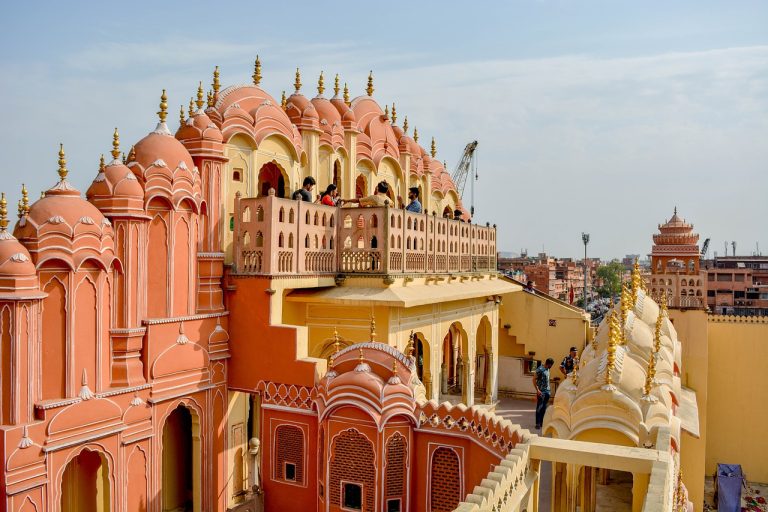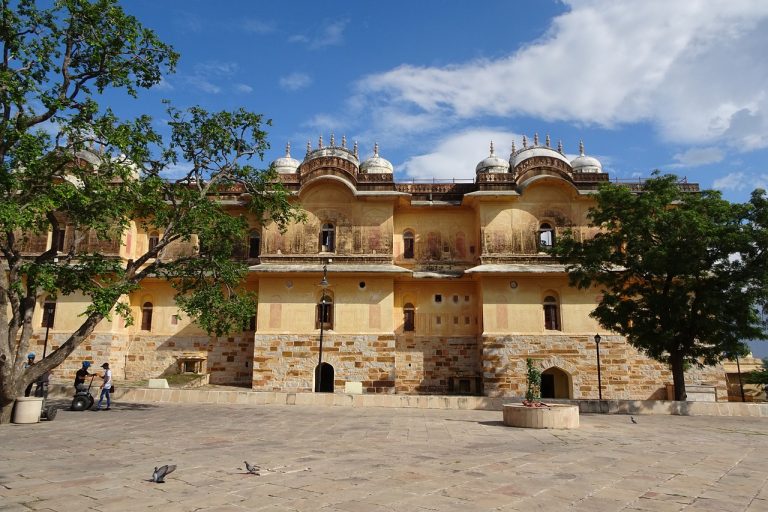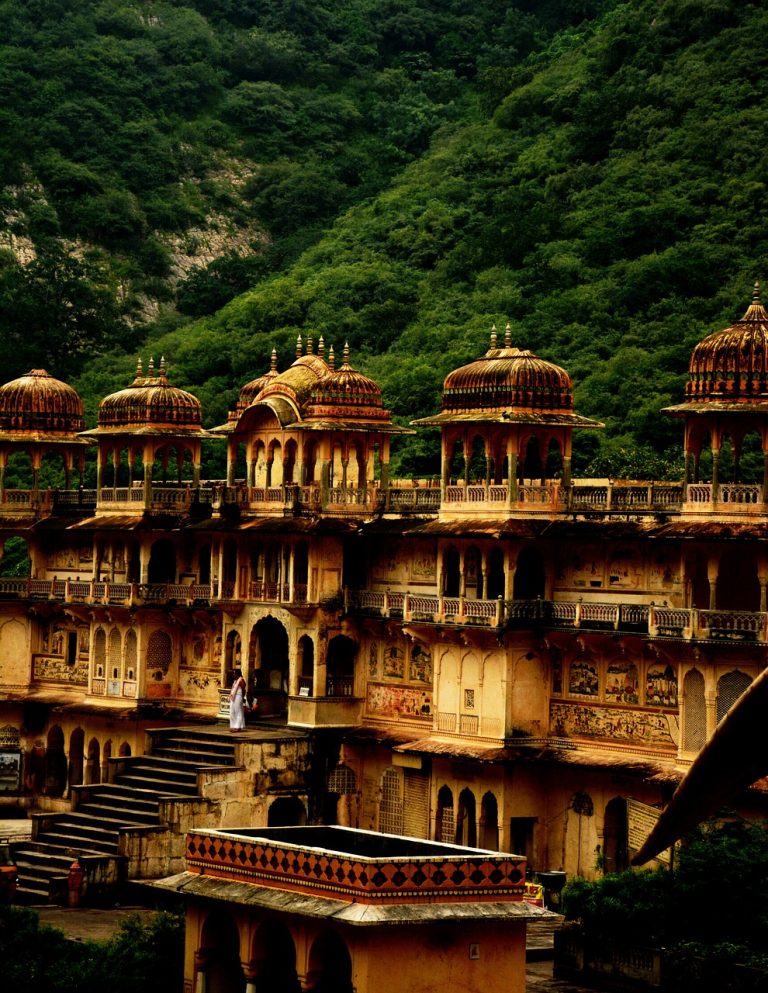Jaipur India Video
Amer Fort
Amer Fort, also known as Amber Fort, is a UNESCO World Heritage Site located in Amer, a small town near Jaipur. Built in the 16th century by Raja Man Singh I, it is a magnificent example of Rajput architecture. The fort is made of red sandstone and marble, and it offers stunning panoramic views of the surrounding Aravalli Hills. The fort complex includes various palaces, temples, and gardens, all showcasing the grandeur and opulence of the Rajput rulers.
- Sheesh Mahal: This exquisite palace is known as the “Hall of Mirrors” and is adorned with thousands of tiny mirrors embedded in the walls and ceilings. It was designed to reflect candlelight, creating a magical effect.
- Ganesh Pol: This ornate gate is the main entrance to the palace and is dedicated to Lord Ganesha, the Hindu deity of wisdom and prosperity. It is beautifully decorated with intricate frescoes and lattice windows.
- Sukh Niwas: This cool and airy hall was the resting place of the royal family during the scorching summers. It features a unique system of water channels that provided natural air conditioning.
- Diwan-i-Aam: This open-air hall was used by the king to meet his subjects and address public matters. Its impressive architecture and grandeur leave visitors awe-struck.
- Sheela Mata Temple: Located within the fort complex, this temple is dedicated to Goddess Durga. It is particularly famous for its annual festival, which attracts devotees from far and wide.
Keywords: Amer Fort, Amber Fort, Rajput architecture, Sheesh Mahal, Ganesh Pol, Sukh Niwas, Diwan-i-Aam, Sheela Mata Temple
Jaipur India Image 1:
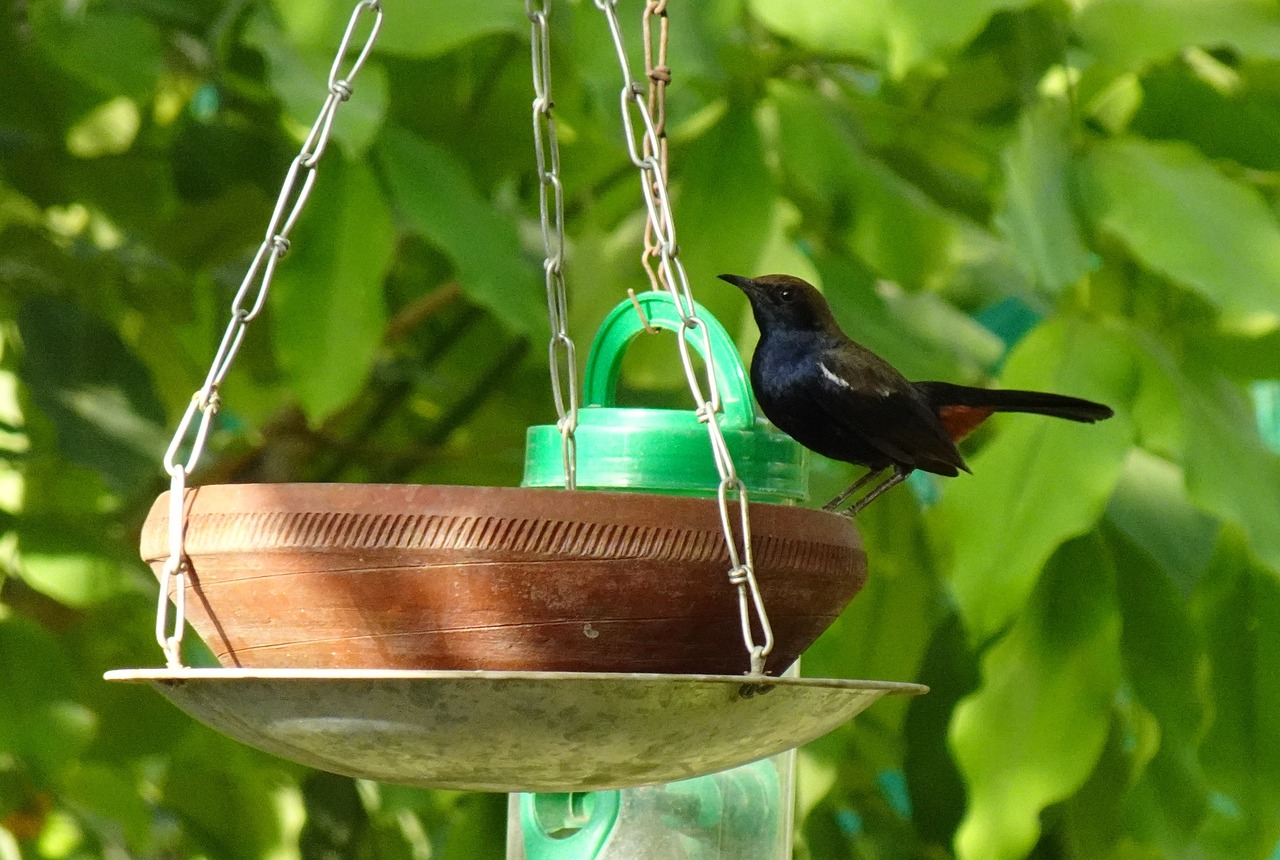
City Palace
The City Palace is a magnificent palace complex located in the heart of Jaipur. It was built by Maharaja Sawai Jai Singh II, the founder of Jaipur, and it combines elements of Rajput, Mughal, and European architectural styles. The palace complex is a sprawling complex of courtyards, gardens, and buildings, showcasing the rich history and culture of Jaipur.
- Mubarak Mahal: This palace is now a museum that houses a stunning collection of royal costumes, textiles, and artifacts. It provides a glimpse into the opulent lifestyle of the royal family.
- Chandra Mahal: This seven-story palace is the residence of the current Maharaja of Jaipur. Only a part of it is open to the public, offering a glimpse of the luxurious interiors and royal heritage.
- Pritam Niwas Chowk: This courtyard is adorned with four beautifully painted gates, each representing a different season. It showcases intricate artwork and craftsmanship.
- Diwan-i-Khas: This hall was used by the king for private audiences and important meetings. It features stunning marble work and a collection of ancient manuscripts.
- Maharani Palace: This palace was the residence of the royal queens and now houses a museum displaying weapons, paintings, and other artifacts related to the royal women.
Keywords: City Palace, Maharaja Sawai Jai Singh II, Mubarak Mahal, Chandra Mahal, Pritam Niwas Chowk, Diwan-i-Khas, Maharani Palace
Hawa Mahal
Hawa Mahal, also known as the “Palace of Winds,” is one of the most iconic landmarks of Jaipur. Built in 1799 by Maharaja Sawai Pratap Singh, it is a five-story pink sandstone structure with intricately carved windows and balconies. The palace was designed to allow the royal ladies to observe the street festivities without being seen by the public.
- Jharokhas: The palace is adorned with 953 small windows called “jharokhas,” which are intricately designed with latticework. These jharokhas provide ventilation and a cool breeze throughout the palace.
- Architecture: The architectural style of Hawa Mahal is a unique blend of Rajput and Islamic influences. The pink sandstone facade, with its delicate carvings and ornamental patterns, is a visual delight.
- Viewpoint: The top floors of Hawa Mahal offer breathtaking views of the bustling streets of Jaipur, as well as the City Palace and Jantar Mantar.
- Museum: The palace houses a small museum that showcases artifacts from the royal era, including miniature paintings, costumes, and ancient manuscripts.
Keywords: Hawa Mahal, Palace of Winds, Maharaja Sawai Pratap Singh, jharokhas, architecture, viewpoint, museum
Jaipur India Image 2:
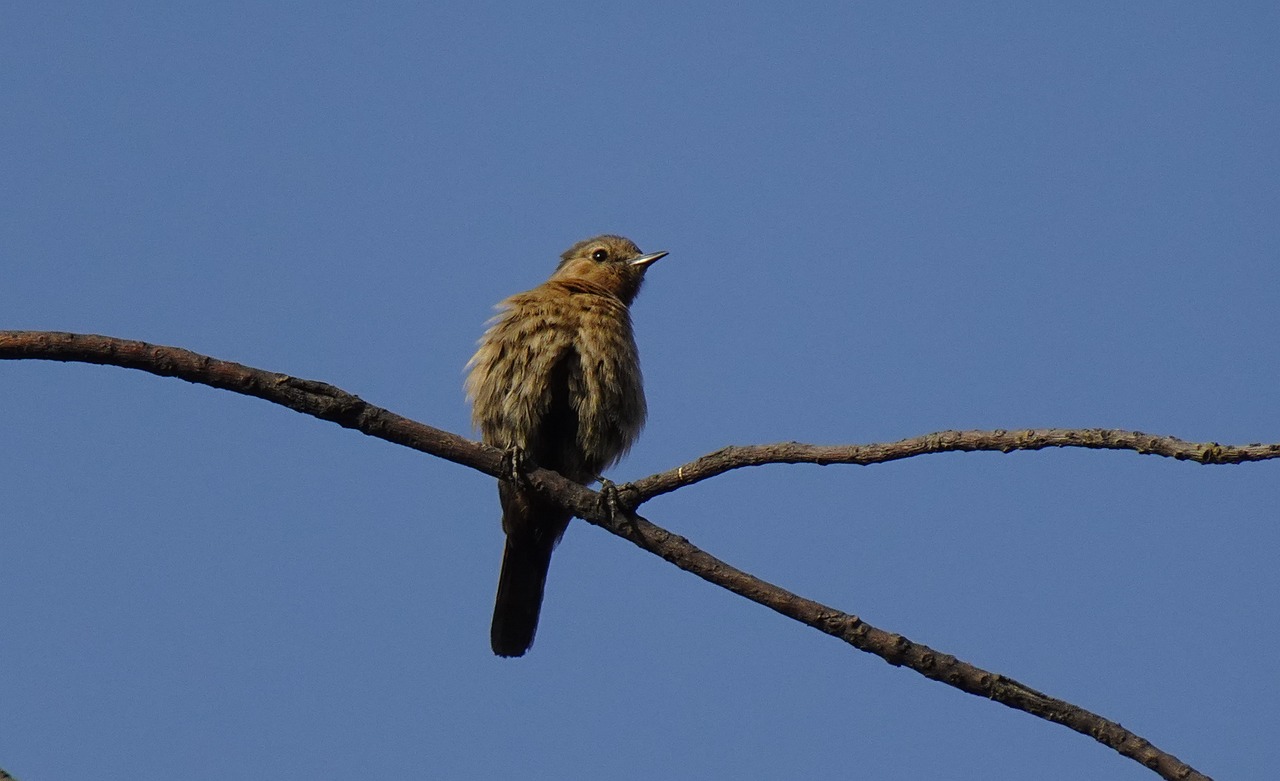
Jantar Mantar
Jantar Mantar is an astronomical observatory built by Maharaja Sawai Jai Singh II in the early 18th century. It is a collection of architectural instruments designed to observe celestial bodies and measure time with remarkable accuracy. The observatory is a UNESCO World Heritage Site and attracts astronomers, historians, and tourists from around the world.
- Sundial: The Samrat Yantra, the largest sundial in the world, can accurately measure time to within two seconds. It is a massive triangular structure that casts a shadow indicating the time of day.
- Astrological Instruments: Jantar Mantar houses various instruments used for astronomical calculations, including the Jaiprakash Yantra, which can measure the position of celestial bodies with great precision.
- Observatory Architecture: The instruments at Jantar Mantar are constructed using stone and marble, and their geometric designs are a testament to the advanced knowledge of astronomy and mathematics during that era.
- Astronomical Significance: The observatory played a crucial role in advancing astronomical studies and contributed to the development of the Indian calendar system.
Keywords: Jantar Mantar, Maharaja Sawai Jai Singh II, Samrat Yantra, sundial, astrological instruments, observatory architecture, astronomical significance
Jaigarh Fort
Jaigarh Fort is a majestic hilltop fortress located on the outskirts of Jaipur. It was built in the 18th century by Maharaja Sawai Jai Singh II as a defensive fort and a treasury. The fort offers panoramic views of the surrounding Aravalli Hills and houses several impressive structures and artifacts.
- Jaivana Cannon: This is the world’s largest cannon on wheels and is a major attraction at Jaigarh Fort. It was cast in the fort’s foundry and has never been fired.
- Armory: The fort houses a well-preserved armory that displays a vast collection of weapons, including swords, shields, guns, and cannons, providing insights into the military prowess of the Rajput rulers.
- Raja Mandir: This grand hall was the private chamber of the king and is adorned with exquisite frescoes and mirror work. It reflects the opulence and grandeur of the Rajput era.
- Water Supply System: Jaigarh Fort has an advanced water supply system, including underground tanks and channels that ensured a constant water supply to the fort even during long sieges.
Keywords: Jaigarh Fort, Maharaja Sawai Jai Singh II, Jaivana Cannon, armory, Raja Mandir, water supply system
Jaipur India Image 3:
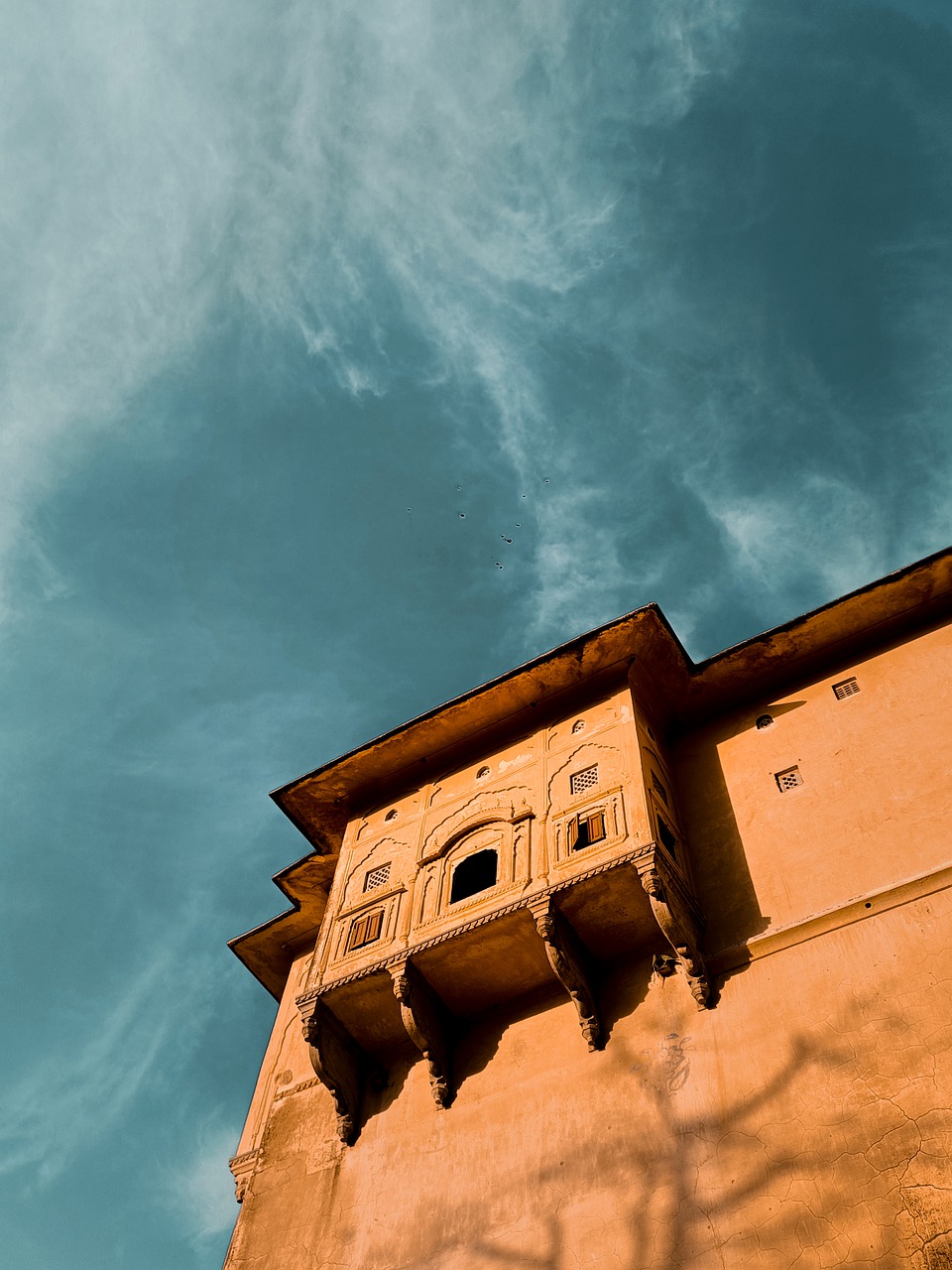
Nahargarh Fort
Nahargarh Fort, perched on the Aravalli Hills, offers breathtaking views of Jaipur’s skyline. Built in the 18th century by Maharaja Sawai Jai Singh II, it was originally intended as a retreat palace. Today, it serves as a popular tourist destination and is known for its architectural beauty and historical significance.
- Madhavendra Bhawan: This palace within the fort complex was the residence of the king and his queens. It consists of suites for each queen, interconnected by beautiful corridors and adorned with frescoes.
- Sunset Point: Nahargarh Fort is renowned for its stunning sunset views. Visitors can climb to the highest point of the fort and witness the sun setting over the city, creating a picturesque panorama.
- Stepwells: The fort has several stepwells, intricate structures used for water storage and cooling during the hot summer months. These stepwells are architectural marvels and provide a glimpse into the ancient water management systems.
- Sheesh Mahal: Nahargarh Fort also houses a Sheesh Mahal, similar to the one in Amer Fort. The mirrored walls and ceilings create a mesmerizing effect when illuminated with candles.
Keywords: Nahargarh Fort, Maharaja Sawai Jai Singh II, Madhavendra Bhawan, sunset point, stepwells, Sheesh Mahal
Albert Hall Museum
The Albert Hall Museum, located in the heart of Jaipur, is one of the oldest museums in Rajasthan. It was built in 1876 to commemorate the visit of Prince Albert, the consort of Queen Victoria. The museum houses a vast collection of artifacts, including paintings, sculptures, carpets, and decorative arts, representing the rich cultural heritage of Rajasthan.
- Art Collection: The museum showcases an extensive collection of Indian miniature paintings, including works from the Rajput and Mughal schools. It also houses sculptures and artifacts from various periods of Indian history.
- Egyptian Mummy: One of the most intriguing exhibits at the museum is an Egyptian mummy, which attracts visitors with its mystique and historical significance.
- Decorative Arts: The museum displays a wide range of decorative arts, including textiles, carpets, pottery, and metalwork, highlighting the craftsmanship and artistic traditions of Rajasthan.
- Central Courtyard: The museum features a beautiful central courtyard with a large statue of Maharaja Ram Singh II. It provides a serene and peaceful space for visitors to relax and admire the surroundings.
Keywords: Albert Hall Museum, Prince Albert, Indian miniature paintings, Egyptian mummy, decorative arts, central courtyard
Jal Mahal
Jal Mahal, also known as the “Water Palace,” is a stunning palace located in the middle of the Man Sagar Lake in Jaipur. Built in the 18th century, it is a five-story structure with four floors submerged in the water. The palace showcases a unique blend of Rajput and Mughal architectural styles.
- Lake View: The palace offers a mesmerizing view of the serene Man Sagar Lake, surrounded by the picturesque Aravalli Hills. Visitors can enjoy the tranquility and beauty of the surroundings.
- Architectural Marvel: The palace’s red sandstone facade, with its intricate carvings and lattice work, is a visual treat. The blend of Rajput and Mughal architectural elements adds to its charm.
- Boat Rides: Visitors can take boat rides on the lake to get closer to the Jal Mahal and admire its beauty from a unique perspective. The boat rides offer a peaceful and scenic experience.
- Conservation Efforts: The palace has undergone extensive restoration and conservation efforts to preserve its architectural heritage and protect the surrounding ecosystem.
Keywords: Jal Mahal, Water Palace, Man Sagar Lake, lake view, architectural marvel, boat rides, conservation efforts
Jaipur Zoo
Jaipur Zoo, officially known as the Maharaja Sawai Man Singh II Zoological Park, is a popular attraction for wildlife enthusiasts. It is located near the Albert Hall Museum and houses a diverse range of animal species, making it an ideal place for a family outing.
- Animal Exhibits: The zoo is home to a wide variety of animals, including tigers, lions, leopards, bears, elephants, giraffes, zebras,



